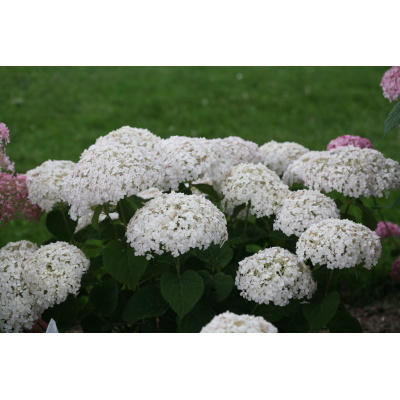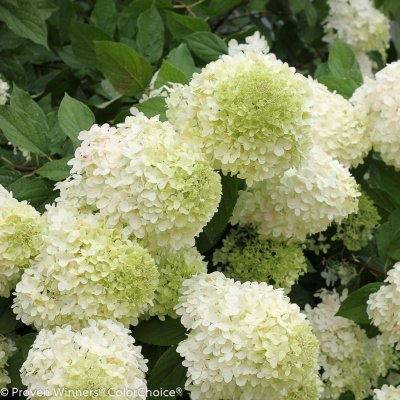Description
 Buxus ‘Wilson’
Buxus ‘Wilson’
Northern Charm™ Boxwood
Slow-growing (less than 6″/year) naturally elegant rounded oval shape. In summer semi-glossy emerald leaves develop a bluish cast; black-green in winter. Mulch and protect from winter winds.
Height: 3-4 ft
Width: 3-4 ft
Soil Conditions: Moist/Well Drained
Flower Color: White
Bloom Time: Mar, Apr
Hardiness Zone: 4 TO 9
Plant Characteristics
Attributes • Fragrant Flower
Critter Resistance • Deer Resistant • Rabbit Resistant
Plant Habit • Rounded
Light Conditions • Sun to Part Shade
Flower Colo • White
Flower Hue • Medium
Flower Height • 3′ to 4′
Foliage Color • Green
Leaf Texture • Fine
Prune Time • May
Flower Form • Single
Growth Rate • Slow



Reviews
There are no reviews yet.